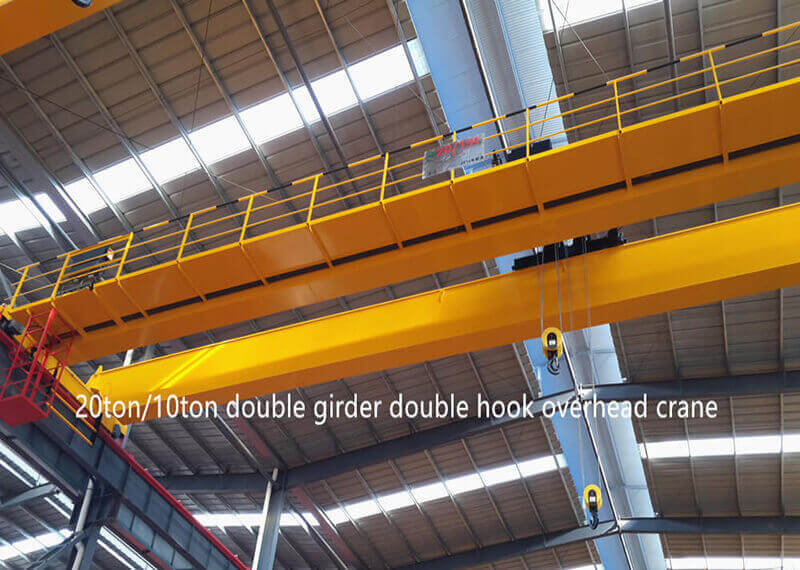
Common Issues with Crane End Carriages
Rugged end beams can be used in overhead and suspension cranes, as well as single and double beam overhead cranes. The end carriages are the important force-bearing component of the crane.
Due to manufacturing, installation, and improper operation, it can cause hard air rails and other problems. Periodic maintenance is required during use.
Common end beam problems are:
The end beam/carriage is deformed on the horizontal section, which causes the cart to deflect during the running process, which causes the large wheels to sway.
In manufacturing, the main beam and end beam are mostly welded joints, and there are more welds connected to the main beam.
After the bridge crane is installed and welded, the end beam will bend outward due to uneven force, making the large wheels horizontally deflected. The oblique exceeds the allowable range of the error, causing the phenomenon of derailment.
When manufacturing crane end trucks, the method of attaching steel plates is often used to increase the stiffness of the wheel installation position.
In some dusty, humid, or corrosive gas operating environments, there will be a gap between the steel plates at the location of the wheel installation of the cart.
If the maintenance work is not in place, the time will cause corrosion between the splints. In the end, the thickness of the steel plate at this position is continuously reduced, and the wheel runs deflected, which will cause the problem of rails.


